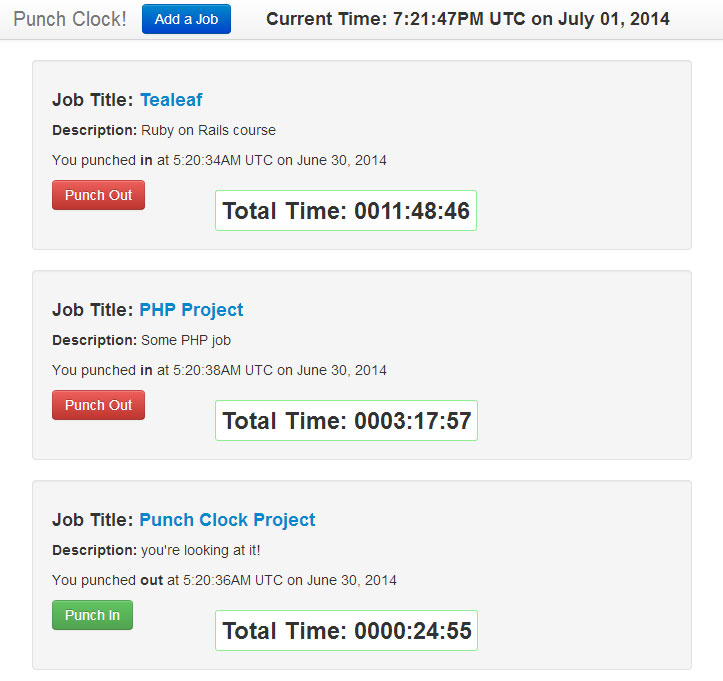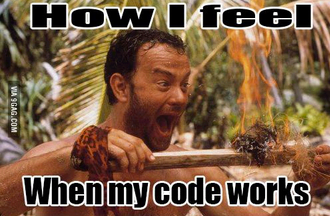In Tealeaf Academy’s second course Rapid Prototyping with Ruby on Rails we built an app called Postit. It’s bassically a clone of the popular site Reddit.com. Of of the featues of this app is to add a URL to the site you are posting about. I decided to add a feature for grabbing an image on that URL. To do this I used some AJAX and a web scraping gem. Here is what the page looks like in action.

Here is the link to the actual working app http://shielded-retreat-9536.herokuapp.com/





